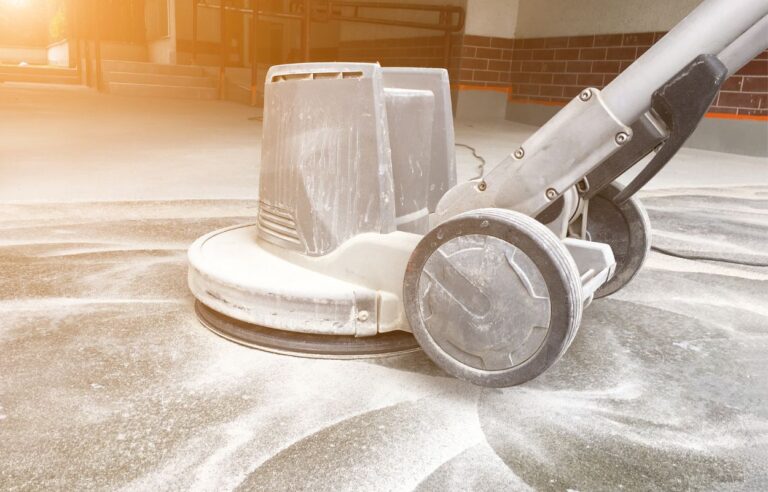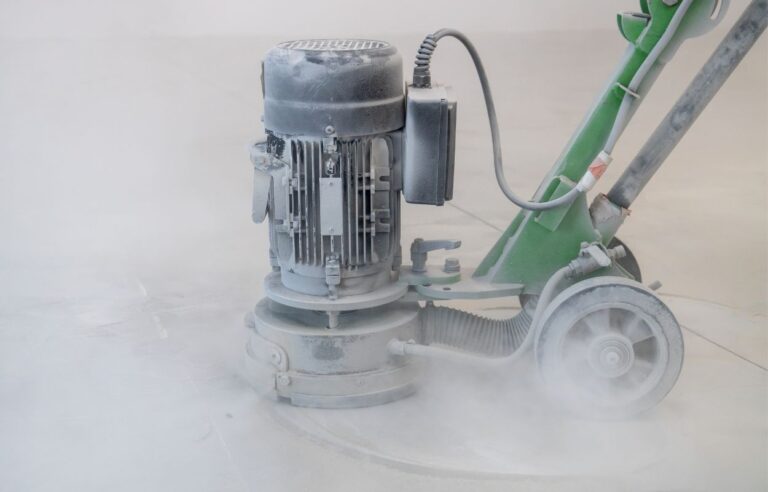
Demolition and deconstruction projects can be complex and hazardous if proper safety measures are not followed. Whether you are demolishing a structure or removing components from an existing building, it is crucial to prioritize safety to prevent accidents and injuries. This blog post outlines ten essential safety tips that should be followed during demolition and deconstruction projects. By adhering to these guidelines, you can ensure the well-being of workers and maintain a safe working environment.
CONDUCT A THOROUGH RISK ASSESSMENT
Before commencing any demolition or deconstruction project, it is imperative to conduct a comprehensive risk assessment. Identify potential hazards, such as unstable structures, electrical wiring, or asbestos-containing materials, and develop strategies to mitigate these risks. Engage with qualified professionals who can provide expert advice and guidance on safety protocols specific to the project.
PROVIDE APPROPRIATE PROTECTIVE GEAR
Personal protective equipment (PPE) is critical in demolition and deconstruction projects. Ensure that all workers have access to and wear the necessary protective gear, including hard hats, safety goggles, gloves, respiratory masks, and steel-toed boots. PPE should be of high quality and regularly inspected to guarantee its effectiveness.
ESTABLISH EXCLUSION ZONES AND SECURE THE WORK
Clearly mark exclusion zones to prevent unauthorized access to the work area. Erect physical barriers, such as fencing or barricades, and display warning signs to alert others to the potential dangers. Regularly inspect these boundaries to ensure their integrity throughout the project.
PRIORITIZE TRAINING AND SUPERVISION
Proper training is essential for all workers involved in demolition and deconstruction projects. Conduct regular safety training sessions to educate employees about potential hazards, safe work practices, and emergency procedures. Assign competent supervisors to oversee the project and provide guidance to workers, ensuring adherence to safety protocols.
IMPLEMENT PROPER WASTE MANAGEMENT PROCEDURES
Effective waste management is crucial during demolition and deconstruction projects. Dispose of debris promptly and appropriately, following local regulations and guidelines. Separate and handle hazardous materials, such as asbestos or lead-based paint, with utmost care, engaging licensed professionals for their removal and disposal.
USE MACHINERY AND TOOLS SAFELY
When using machinery and tools, ensure that they are properly maintained and operated by trained individuals. Regularly inspect equipment for any signs of wear or damage, and replace or repair as needed. Follow manufacturer guidelines for safe operation and provide workers with appropriate training on equipment handling and safety procedures.
MONITOR AIR QUALITY
Demolition and deconstruction projects can release harmful airborne particles and contaminants. Regularly monitor the air quality on-site to ensure that levels of dust, fumes, and other hazardous substances remain within acceptable limits. Implement effective ventilation systems and consider the use of air filtration equipment to maintain a safe working environment.
PLAN FOR EMERGENCIES
Despite taking all precautionary measures, emergencies can still occur. Develop a comprehensive emergency response plan that includes procedures for evacuations, first aid, and communication. Ensure that all workers are aware of the plan and conduct drills periodically to reinforce the protocols and familiarize everyone with their roles during emergencies.
REGULARLY INSPECT THE WORK AREA
Throughout the demolition and deconstruction project, conduct regular inspections to identify any new hazards or safety concerns. Promptly address any issues and make necessary adjustments to maintain a safe working environment. Encourage workers to report any potential hazards they observe, fostering a culture of safety and accountability.
LEARN FROM PAST EXPERIENCES AND SHARE LESSONS
After completing a demolition or deconstruction project, conduct a comprehensive review of the safety measures taken and evaluate their effectiveness. Identify any lessons learned and share them with the team to improve safety practices in future projects. Continuously strive for improvement by implementing feedback and incorporating new safety technologies and procedures.
Demolition and deconstruction projects require careful attention to safety to protect workers and maintain a secure work environment. By conducting thorough risk assessments, providing appropriate protective gear, and implementing proper training and supervision, the potential for accidents and injuries can be significantly reduced. Adhering to safety guidelines, such as proper waste management and machinery operation, and actively monitoring air quality, will further contribute to a safe project site. Additionally, by planning for emergencies, regularly inspecting the work area, and learning from past experiences, you can continuously enhance safety practices and create a culture of safety within your demolition and deconstruction projects.





